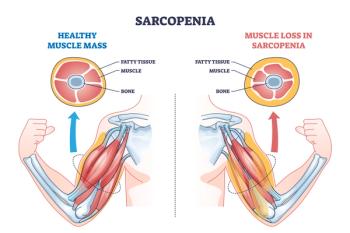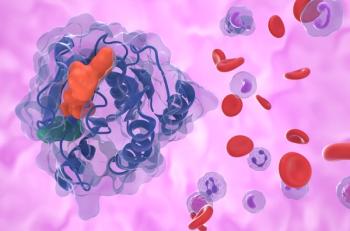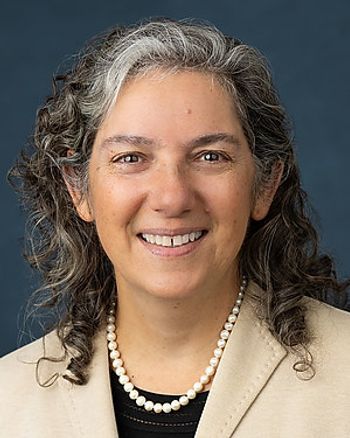
New Study AI Explores IPF and the Biology of Aging
The differing regulation of key fibrotic pathways suggest that idiopathic pulmonary fibrosis involves dysregulation rather than just a speeded-up aging process.
A new study from
Researchers from the United Arab Emirates, U.S. and China have developed AI-driven tools that not only deepen understanding of the disease’s underlying mechanisms but may also pave the way for more targeted therapies and improved management options for patients.
The
The study presented two deep learning models: a proteomic aging clock developed with
Although aging is known to increase vulnerability to IPF, the researchers noted the underlying biological mechanisms have remained elusive. To address this, they developed a proteomic aging clock, a sophisticated AI model trained on blood-based protein data from 55,319 participants in the UK Biobank who ranged from age 50 to 85. Their model predicts an individual’s biological age based on their proteomic profile, providing a window into the aging process at a molecular level.
Based on the data, the AI-powered clock demonstrated exceptional performance, with a mean absolute error of just 2.68 years and an R-squared value of 0.84 during fivefold cross-validation, indicating strong predictive accuracy.
The cohort was divided into four age groups: 50-59, 60-69, 70-79 and 80-89 and the researchers found that while the model performed well across all groups, its accuracy declined in the oldest bracket. Further analysis revealed that in younger groups, the clock tended to overestimate age by around 2.25 years, while in the oldest group, it underestimated age by about four years.
“These patterns suggest increased biological heterogeneity in advanced age, highlighting the complex nature of aging processes,” wrote first author Fedor Galkin, M.S.U., and his colleauges, all of whom work for Insilico.
In examining the relationship between biological age and disease, the team applied their model to another dataset involving COVID-19 patients with varying severity. For this, they learned that patients with severe COVID-19, who are at greater risk for lung fibrosis, exhibited a biological age roughly 2.77 years higher than healthy controls. This result indicates that the trained clock carries meaningful biological relevance in fibrotic cases, they surmised.
The researchers also employed a specialized transformer-based AI model called ipf-P3GPT, which was trained on datasets from human and lab studies related to fibrotic lung disease. This AI tool generated gene expression profiles from individuals with IPF and those experiencing normal lung aging between the ages of 30 and 70 years.
“The analysis identified 96 genes associated with IPF and 93 with aging, with only about 15% overlapping,” the authors wrote. “Notably, more than half of these shared genes showed opposite regulation patterns: some were upregulated in IPF but downregulated during normal aging, and vice versa.”
The differing regulation of key fibrotic pathways indicated that IPF may represent a disease state involving dysregulation rather than just a speeded-up aging process.
While the authors know further research is needed to fully characterize the research utility of ipf-P3GPT and the proteomic clock, they believe their findings prove they are promising tools for the study of IPF and potentially other age-related fibrotic conditions.
“Our study underscores the value of integrating aging biology into therapeutic development for age-related diseases,” the authors wrote. “The combination of targeted therapeutic intervention with AI-driven analysis provides a powerful approach for understanding disease mechanisms and identifying effective treatments.”
Newsletter
Get the latest industry news, event updates, and more from Managed healthcare Executive.






















































